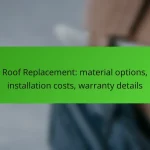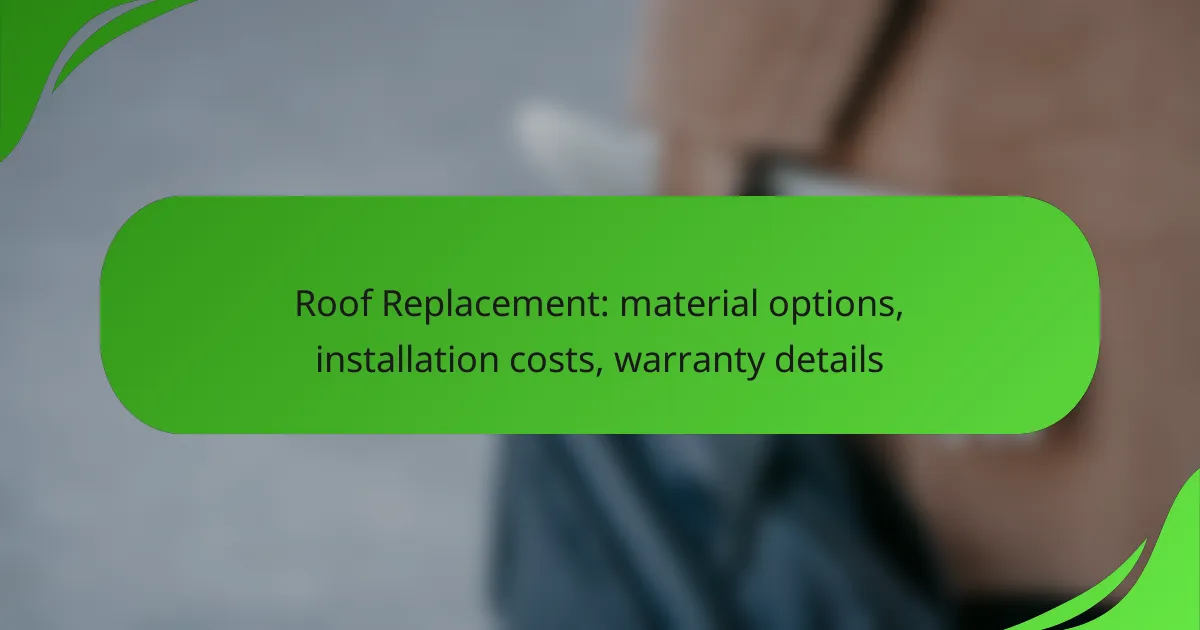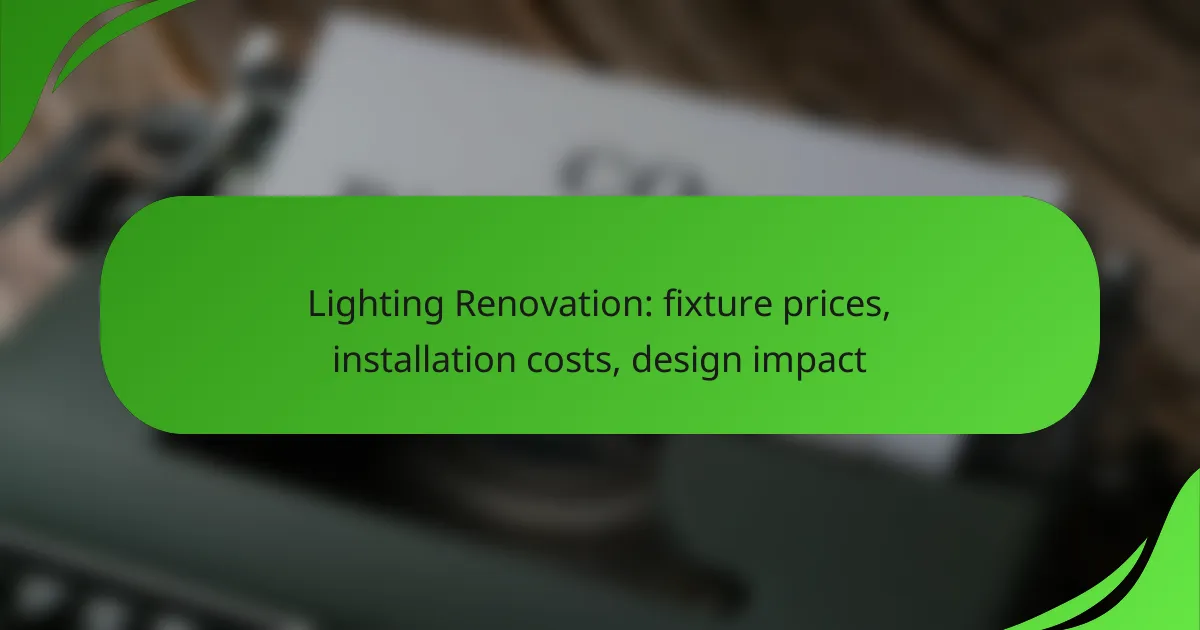When considering a deck addition, it’s important to understand the various costs involved, including material prices, installation expenses, and ongoing maintenance. Material costs can range from a few to over twenty dollars per square foot, influenced by the quality and type of decking chosen. Installation can also vary widely, with expenses typically ranging from a few thousand to over ten thousand dollars, depending on project complexity. Additionally, regular maintenance is crucial for longevity and can incur further costs based on the materials used.

What are the material prices for deck additions in the US?
The material prices for deck additions in the US can vary significantly based on the type of decking chosen. Generally, homeowners can expect to spend anywhere from a few dollars to over twenty dollars per square foot, depending on the material’s quality and characteristics.
Composite decking costs
Composite decking typically ranges from about $3 to $13 per square foot. This material is made from a blend of wood fibers and plastic, offering durability and low maintenance. While the initial cost may be higher than some wood options, its longevity and resistance to rot can make it a cost-effective choice over time.
Wood decking prices
Wood decking prices can vary widely, generally falling between $2 and $10 per square foot. Pressure-treated lumber is often the most affordable option, while premium woods like cedar or redwood can be significantly more expensive. Keep in mind that wood requires regular maintenance, which can add to long-term costs.
Vinyl decking expenses
Vinyl decking usually costs between $5 and $12 per square foot. This material is known for its resistance to moisture and insects, making it a great option for humid climates. However, it may not provide the same aesthetic appeal as wood or composite materials, which can influence your choice.
Aluminum decking costs
Aluminum decking is typically priced from $8 to $15 per square foot. It is highly durable and resistant to corrosion, making it ideal for coastal areas. While the upfront cost is higher, aluminum decking can last for decades with minimal maintenance.
Factors affecting material prices

What are the installation costs for deck additions?
The installation costs for deck additions can vary significantly based on factors such as materials, labor, and location. Homeowners should expect to spend anywhere from a few thousand to over ten thousand dollars, depending on the complexity and size of the project.
Labor costs for deck installation
Labor costs for deck installation typically account for a substantial portion of the total expenses. On average, homeowners can expect to pay between $30 and $70 per hour for skilled labor, depending on the region and contractor experience. Complex designs or challenging sites may increase labor time and costs.
It’s advisable to obtain multiple quotes from contractors to ensure competitive pricing. Always check references and past work to gauge the quality of the labor being offered.
Average installation rates by material
The choice of materials significantly impacts installation rates for deck additions. Common materials include pressure-treated wood, composite, and PVC. Pressure-treated wood generally costs between $15 and $30 per square foot installed, while composite materials can range from $25 to $45 per square foot.
For high-end options like PVC, installation costs may reach $50 or more per square foot. Homeowners should consider both initial costs and long-term maintenance when selecting materials.
Regional variations in installation costs
Installation costs for deck additions can vary widely across different regions due to labor availability, material costs, and local regulations. For instance, urban areas may have higher labor rates compared to rural regions, sometimes by 20% or more.
Additionally, local building codes may affect installation practices and costs. It’s beneficial to research local market conditions and consult with local contractors to get a more accurate estimate tailored to your area.

What are the ongoing maintenance expenses for decks?
Ongoing maintenance expenses for decks vary significantly based on the material used. Regular upkeep is essential to prolong the lifespan of the deck and can include cleaning, sealing, and repairs.
Maintenance costs for wood decks
Wood decks typically require more maintenance compared to other materials. Homeowners should expect to spend around $200 to $500 annually on cleaning, sealing, and occasional repairs. Regular inspections can help identify issues early, preventing more costly repairs later.
It is crucial to choose the right sealant and apply it every couple of years to protect against moisture and UV damage. Neglecting maintenance can lead to rot and insect damage, significantly increasing long-term costs.
Composite deck maintenance expenses
Composite decks are generally low-maintenance, requiring less frequent upkeep than wood. Annual maintenance costs can range from $100 to $300, primarily for cleaning and occasional repairs. Most composite materials are designed to resist fading, staining, and mold growth.
While composite decks do not need sealing, regular cleaning with soap and water is recommended to maintain their appearance. Be cautious of using harsh chemicals, as they may damage the surface.
Vinyl deck upkeep costs
Vinyl decks are among the easiest to maintain, often requiring minimal expenses. Annual upkeep costs typically range from $50 to $150, mainly for cleaning. Vinyl is resistant to moisture and insects, reducing the likelihood of repairs.
Cleaning with a mild detergent and water is usually sufficient to keep vinyl decks looking new. Avoid using abrasive cleaners or tools that could scratch the surface, as this can lead to more significant maintenance issues over time.

What factors influence deck addition costs?
Deck addition costs are influenced by several key factors including size, materials, location, and necessary permits. Understanding these elements can help homeowners budget effectively and make informed decisions about their deck projects.
Deck size and complexity
The size and complexity of the deck significantly affect overall costs. Larger decks require more materials and labor, which can increase expenses. Additionally, intricate designs with multiple levels, built-in features, or unique shapes may require specialized skills and additional time, further raising installation costs.
For example, a simple rectangular deck may cost less than a multi-tiered design with railings and built-in seating. Homeowners should consider their desired size and complexity when planning their budget.
Material choice impact
Choosing the right materials for a deck can greatly influence both initial costs and long-term maintenance expenses. Common materials include pressure-treated wood, composite, and PVC, each with varying price points and durability. While wood may be cheaper upfront, it often requires more maintenance, which can add to long-term costs.
Composite materials, while more expensive initially, tend to last longer and require less upkeep, making them a cost-effective choice over time. Homeowners should weigh the pros and cons of each material type to find the best fit for their budget and lifestyle.
Location and permits
The location of the deck addition can impact costs due to local labor rates, material availability, and zoning regulations. Urban areas may have higher labor costs compared to rural settings. Additionally, certain regions may require specific permits or inspections, which can add to the overall expense.
Before starting a deck project, homeowners should check local building codes and permit requirements to avoid unexpected fees. Consulting with local contractors can provide insights into typical costs and necessary regulations in their area.

How do I choose the right materials for my deck addition?
Choosing the right materials for your deck addition involves balancing durability, cost, and environmental impact. Consider factors like local climate, maintenance requirements, and your budget to make an informed decision.
Durability considerations
Durability is crucial when selecting materials for your deck. Options like pressure-treated wood, composite materials, and PVC are popular due to their resistance to rot, insects, and weather conditions. For instance, composite decking typically lasts longer than traditional wood, often exceeding 25 years with minimal maintenance.
Evaluate the expected wear and tear based on your usage. High-traffic areas may benefit from more robust materials, while decorative sections might allow for less durable options. Always check for warranties that reflect the material’s longevity.
Cost vs. longevity analysis
When analyzing cost versus longevity, consider both initial expenses and long-term maintenance costs. Pressure-treated wood may be cheaper upfront, typically ranging from $2 to $5 per square foot, but it requires regular sealing and staining, which can add up over time.
In contrast, composite decking can cost between $4 and $10 per square foot but often requires less maintenance, making it a cost-effective choice in the long run. Assess your budget and how long you plan to stay in your home to determine the best financial decision.
Environmental impact of materials
The environmental impact of deck materials varies significantly. Sustainable options like bamboo or reclaimed wood offer eco-friendly choices that reduce deforestation. Composite materials made from recycled plastics also minimize waste, but their production can have a higher carbon footprint.
Research local regulations regarding sustainable building practices and consider certifications like Forest Stewardship Council (FSC) for wood products. Opting for environmentally friendly materials not only benefits the planet but can also enhance your property’s appeal to eco-conscious buyers.









